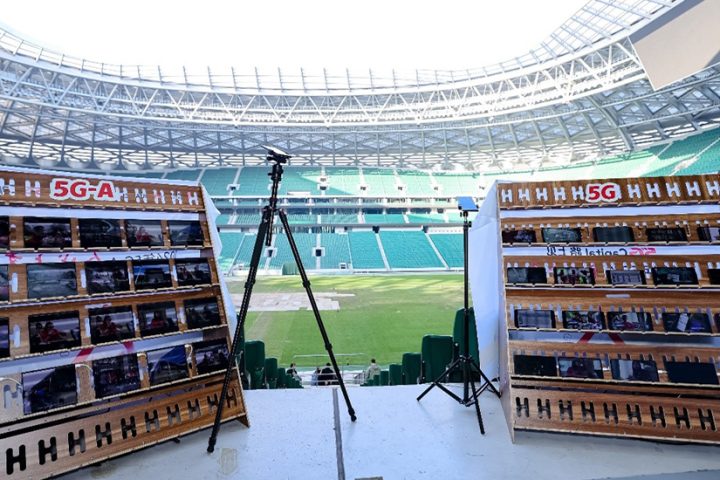Huawei’s 5G R&D team has achieved remarkable breakthroughs in 5G air interface
Huawei to showcase a series of new 5G-oriented air interface technologies at the Mobile World Congress (MWC) 2015.
Due to having heavily invested in next generation technology research, Huawei’s 5G R&D team has achieved remarkable breakthroughs in 5G air interface, virtualized radio access, as well as new RF technologies. Among the new air interface techniques proposed by Huawei, the self-adaptive and software-defined air interface designs, namely the non-orthogonal access technology based on Sparse Code Multiple Access (SCMA), and Filtered-Orthogonal Frequency Division Multiplexing (F-OFDM) are the most remarkable. Huawei has successfully tested the validity of its conceptual prototype. The results proved that the new air interface design can effectively improve spectral efficiency, increase connectivity, and reduce latency, thus facilitating the deployment of customized scenarios applied to the Internet of Things (IoT) and for high bandwidth-consuming scenarios such as virtual reality.
Another achievement that will be announced by Huawei at MWC 2015 is its 5G air interface architecture, which has proven capable of supporting the full duplex prototype technology featuring multi-path fading cancellation and large bandwidth. The test results show that this entirely new duplex mechanism is able to improve spectral efficiency by 200%, laying a solid foundation for future unification of TDD and FDD spectrums. As the leading innovator of next generation mobile technologies, Huawei has committed an investment of 600 million USD in research and innovation of 5G until 2018. Recently, Huawei appointed a team of over 300 5G experts and established nine 5G R&D centers worldwide. Huawei’s exciting breakthroughs in 5G innovation will once again boost the development of the future mobile technologies.














